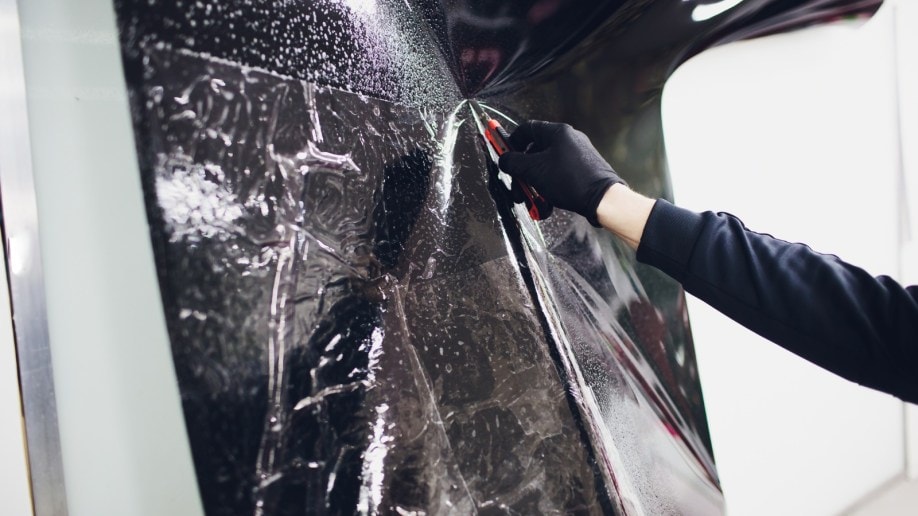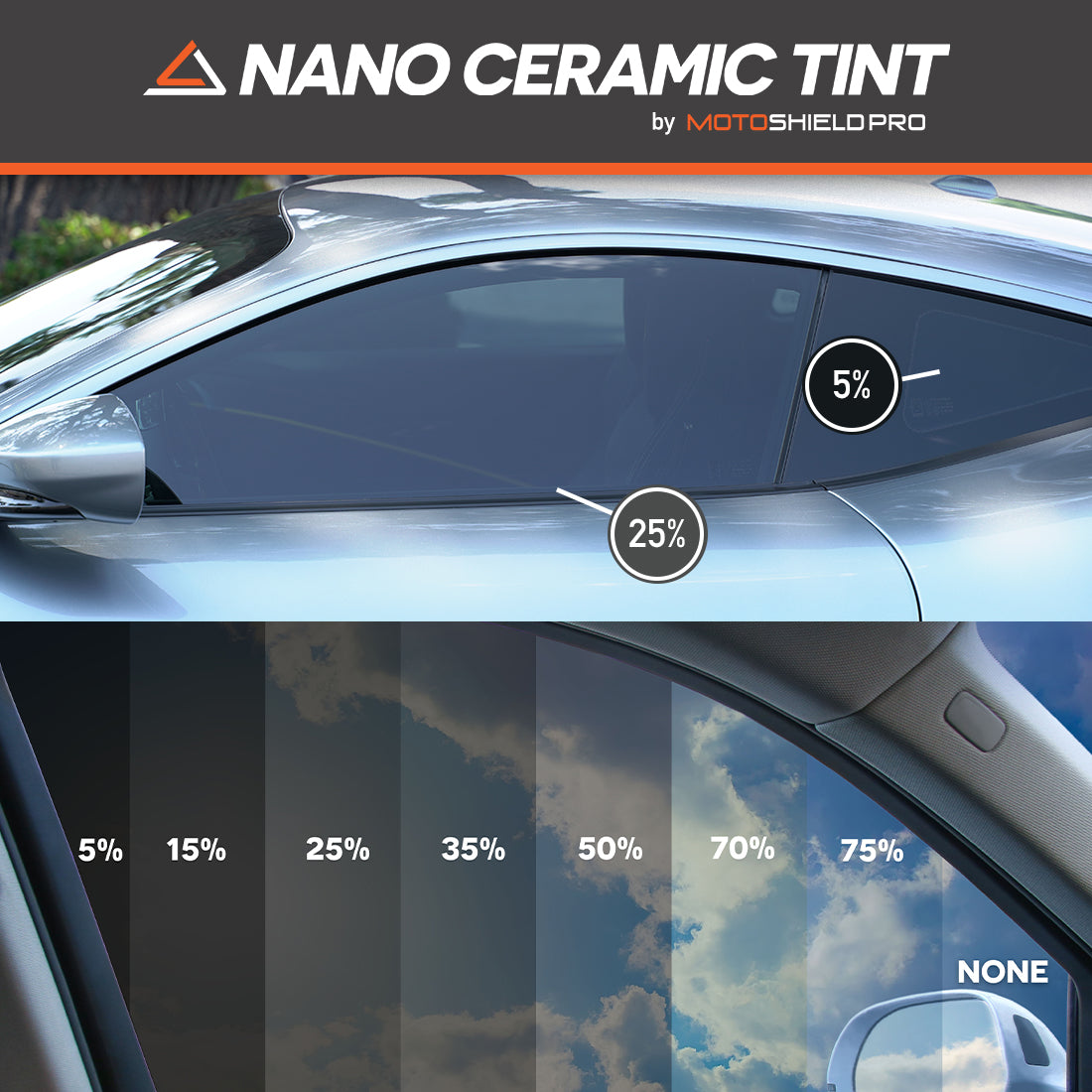Window Tinting Rules and Guidelines: What You Required to Know Before Tinting Your Cars And Truck
Prior to proceeding with home window tinting for your car, it is important to acquaint yourself with the varied legislations and guidelines that control this practice across various states. These laws determine the allowable levels of color darkness, typically determined by noticeable light transmission (VLT) percents, and include specific specifications for front windscreens focused on guaranteeing roadway safety and security. In addition, specific territories may supply clinical exemptions for people with qualifying conditions. Understanding these intricacies can conserve you from possible legal implications, however what are the specific rules in your state?
Overview of Home Window Tinting Regulations
Window tinting legislations are regularly subject to variant throughout various territories, showing regional regulations and security considerations. These regulations determine the permitted degrees of color darkness and reflectiveness on car windows, guaranteeing that chauffeurs keep adequate presence while additionally safeguarding versus unsafe UV rays and warm.
Many regulations identify home window tinting based upon the Visible Light Transmission (VLT) percent, which indicates the quantity of light that can pass via the window. Generally, lower VLT percents represent darker tints. Regulations frequently separate between the front, side, and back home windows, with more stringent limitations used to the front windscreen to improve security for both the motorist and other roadway customers.
Additionally, some jurisdictions enforce limitations on the reflectivity of the color, avoiding too much glow that could hinder exposure. Exceptions to these laws may exist for individuals with particular clinical conditions calling for extra sunlight defense. Conformity with window tinting policies is vital, as infractions can lead to penalties, obligatory elimination of the color, and possible boosts in insurance premiums. It is essential for vehicle owners to acquaint themselves with regional legislations before proceeding with home window tinting setups.
State-by-State Color Regulations
Understanding the specific window tinting guidelines in each state is essential for lorry owners looking for to adhere to the legislation. Each state in the U.S. has established its own collection of regulations governing home window tinting, which can vary substantially. These laws typically determine the permitted levels of tint darkness, the kinds of windows that can be tinted, and any kind of clinical exemptions that may apply.
As an example, states like California have stringent restrictions on tint darkness for front windows, while others, such as New Mexico, might permit darker colors. Furthermore, certain states mandate specific exposure portions for various windows, consisting of the windshield, front side home windows, and rear home windows. It is important for cars and truck owners to familiarize themselves with their state's legislations to stay clear of prospective penalties or fines.
Additionally, some states might require a certification sticker to be put on tinted windows, indicating compliance with state laws. Failing to comply with these regulations not only takes the chance of legal effects but can also impact safety and exposure while driving. Therefore, car proprietors must perform comprehensive research or consult neighborhood authorities to make certain complete understanding and compliance with state-by-state tint laws.
Allowed Color Degrees and Types
Several lorry owners might be surprised to discover that allowed color degrees and types vary widely across different states. Each original site state has developed its own guidelines pertaining to the permissible darkness and reflectivity of window color, typically gauged by Visible Light Transmission (VLT) percents. VLT describes the quantity of light that can pass via the tinted home windows; therefore, a reduced percentage visit this site right here suggests a darker color.

Additionally, the sorts of color products enabled can differ, with some states restricting mirror-like or metal coatings. It is vital for vehicle proprietors to familiarize themselves with their state's details legislations to ensure conformity. Non-compliance can result in penalties, necessary removal of the color, or other lawful consequences, making it crucial to recognize these policies prior to waging installment.
Medical Exceptions for Tinting
While not all states give allocations for medical exceptions pertaining to home window tinting, those that do identify the requirement for particular individuals to boost presence and comfort due to clinical conditions. Various clinical conditions, such as lupus, skin cancer cells, and particular eye disorders, can render people specifically sensitive to sunshine. These people might call for darker colors to shield themselves from unsafe UV rays and glow.

It is essential to note that even with a clinical exception, there might still be constraints on the level of tint enabled. Conformity with state legislations guarantees that people are both secured and within legal limits. Those considering clinical exceptions ought to contact their local Department of Motor Automobiles or comparable authority to comprehend the needs and treatments essential to obtain an exception efficiently.
Fines for Non-Compliance
Stopping working to abide by home window tinting regulations can result in significant charges, which vary by state. Law enforcement firms are encouraged to issue citations for cars that do not stick to the specified tinting guidelines. These penalties generally include penalties, which can vary from small quantities to several hundred dollars, depending upon the severity of the offense and the state concerned.
In some jurisdictions, duplicated offenses may cause rising fines or extra fines, such as necessary court looks. Furthermore, non-compliance might require the removal of illegal tinting, typically at the proprietor's expenditure. In extreme situations, habitual offenders might deal with suspension of their car enrollment up until compliance is achieved.
Additionally, insurance policy ramifications may emerge from receiving multiple citations for window color offenses. Insurance firms might see such infractions as an indicator of riskier behavior, possibly causing enhanced premiums or difficulty in coverage.
To prevent these penalties, it is critical for vehicle owners to acquaint themselves with their regional window tinting legislations and make certain that their automobile complies (Window Tinting). This positive approach not just prevents legal ramifications but additionally advertises road safety
Verdict

The majority of regulations identify window tinting based on the Visible Light Transmission (VLT) why not try this out percentage, which suggests the amount of light that can pass through the home window. Conformity with home window tinting policies is essential, as violations can result in fines, necessary removal of the color, and possible increases in insurance policy costs.Comprehending the details home window tinting guidelines in each state is important for car owners looking for to comply with the regulation. These regulations usually dictate the permitted levels of tint darkness, the types of home windows that can be tinted, and any type of clinical exemptions that may use.
For circumstances, states like California have stringent limitations on tint darkness for front home windows, while others, such as New Mexico, may enable darker tints.
 Ariana Richards Then & Now!
Ariana Richards Then & Now! Michael Jordan Then & Now!
Michael Jordan Then & Now! Danielle Fishel Then & Now!
Danielle Fishel Then & Now! Andrew McCarthy Then & Now!
Andrew McCarthy Then & Now! The Olsen Twins Then & Now!
The Olsen Twins Then & Now!